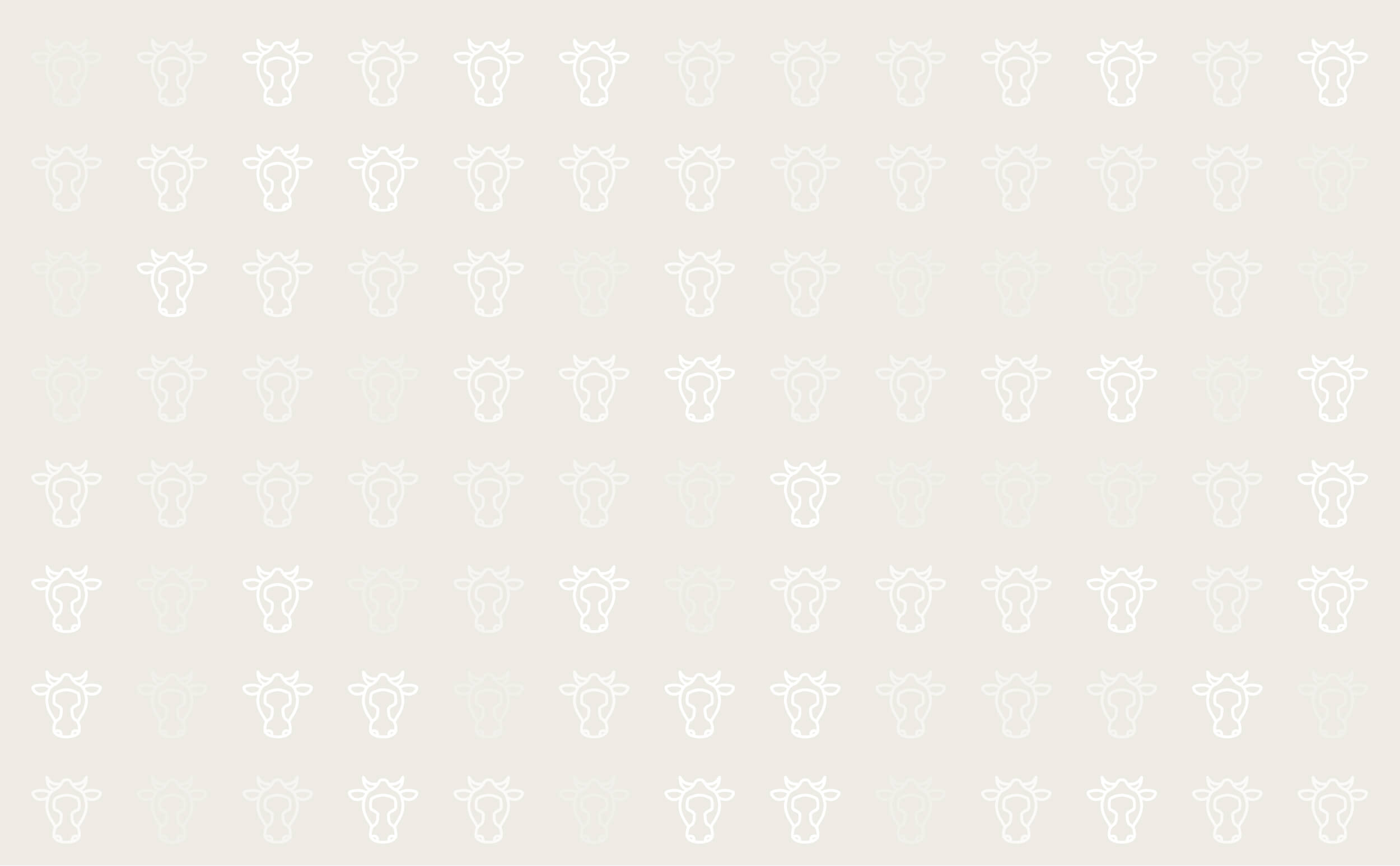



Rain Scald (Dermatophilosis)
Cause
Rain scald is a skin disease seen in all ages of cattle, but particularly youngstock. It is caused by the bacteria Dermatophilus congolensis. It is commonly associated with wet weather (hence the name).
Clinical Signs
- Begins as a moist circular patch, often with matted hairs which give a characteristic paint brush appearance
- Typically seen on muzzle, tips of ears, withers, but rapidly spreads - can involve up to half the skin area in severe cases
- Cattle are usually otherwise heathy, there are no systemic effects.
Treatment
There is no completely effective treatment, particularly for severe cases.
Many antibiotics are effective, particularly penicillins.
Keeping the skin dry (i.e. bringing the cattle indoors) is often more effective than any treatment.
Injections of anti-inflammatories significantly improve cow well-being and help to restore the cow to normal production.
Local disinfection and treatment are necessary in more severe cases.
Prevention
The disease usually disappears in dry weather, but weather is not something over which there is much control. Providing shelter can significantly reduce the risk of rain scald. However, trees are not suitable, particularly if they have low branches as the associated skin trauma, although mild can significantly increase the risk of rain scald.

